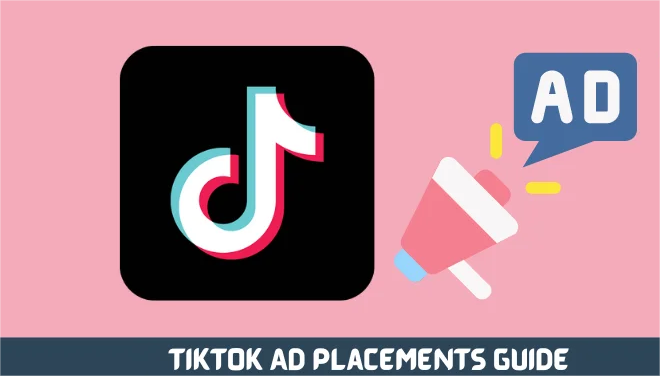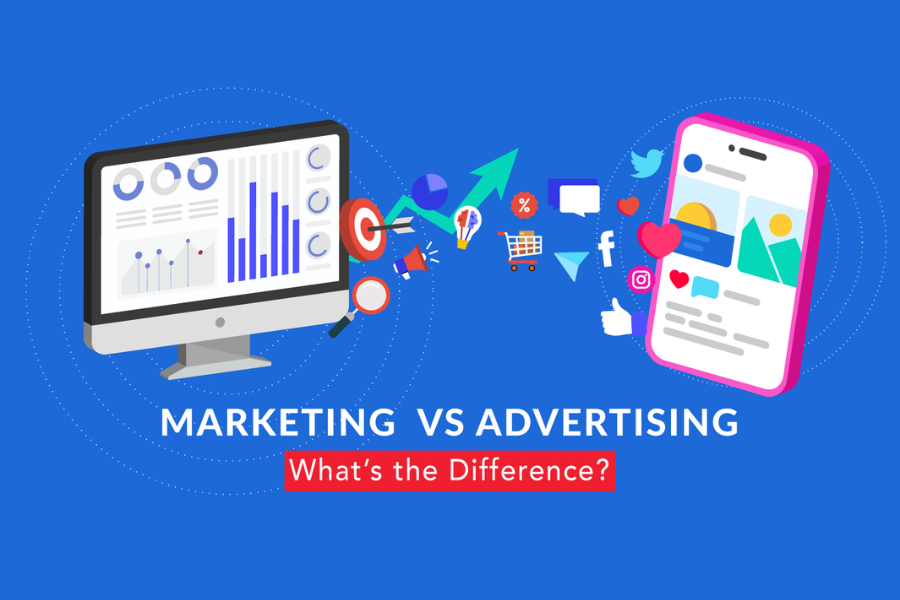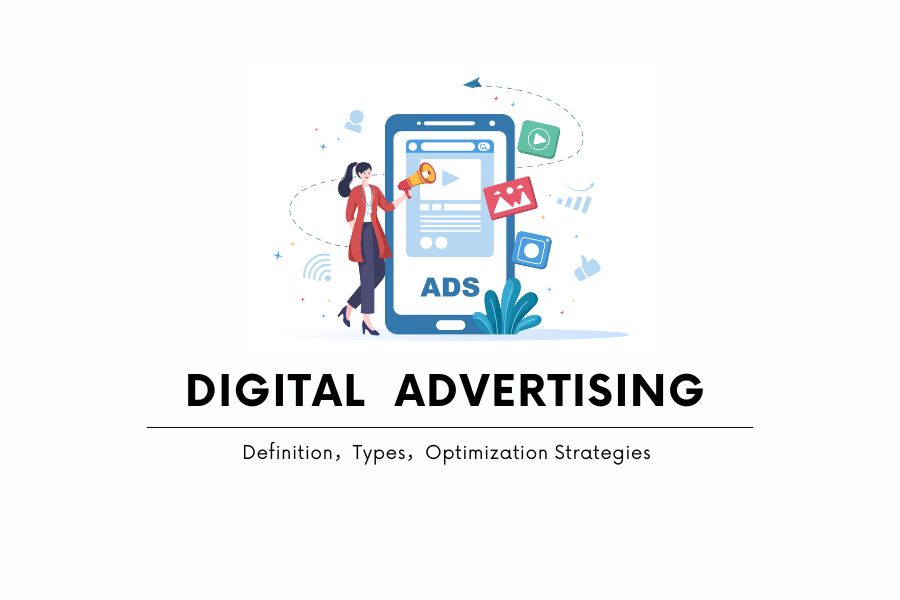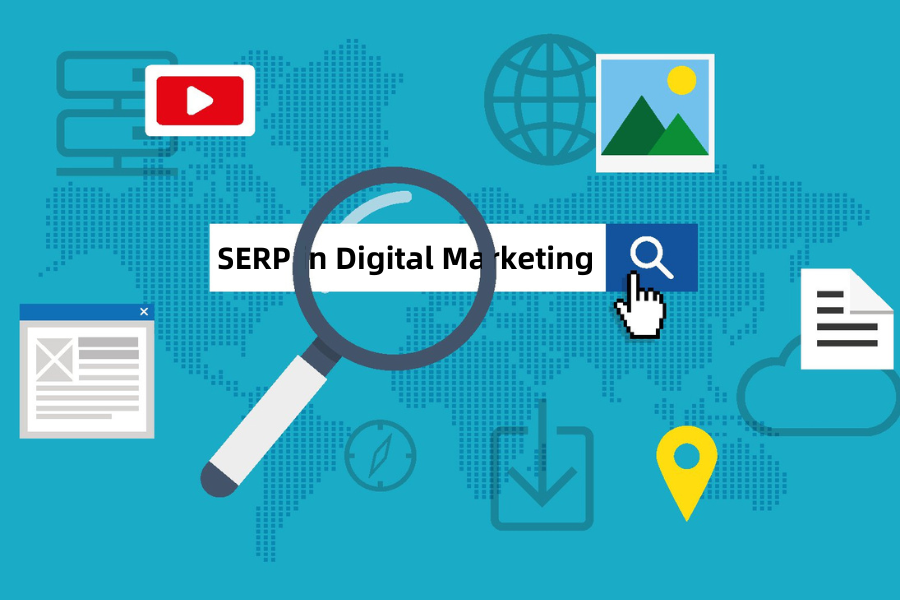Unlock SEO Success:Expert Keyword Research and Advertising Tips
In the world of SEO, keywords are your compass, guiding potential customers to your website. Understanding keywords and their intent is essential for a successful SEO strategy. Let's dive into the fundamentals of keyword research, compare short-tail and long-tail keywords, and explore practical tools and techniques, including some insights into integrating advertising strategies to boost your SEO game.

What is a Keyword?
Simply put, a keyword is a search phrase used by people to find information on search engines. For example, if you type "vanilla ice cream" into Google, the keyword is "vanilla ice cream." It's not just about individual words but the entire search phrase. Your goal is to figure out what phrases your potential customers are using to find services or products similar to what you offer.
Understanding the intent behind these keywords is crucial. Keyword intent, also known as search intent, represents the purpose behind a user’s search. For instance, a query like "Are yoga mats worth the money?" indicates that the user is still considering whether to buy a yoga mat. In contrast, "buy a red yoga mat" shows a clear intent to purchase, specifying even the color of the mat. Knowing this intent helps tailor your content and advertising efforts to meet users' needs effectively.
Short-Tail vs. Long-Tail Keywords
Keywords come in two main types: short-tail and long-tail. Short-tail keywords are broad and general, consisting of one or two words, like "yoga mat." These are highly competitive and often harder to rank for. Long-tail keywords, on the other hand, are more specific and usually consist of three to five words, such as "best non-slip yoga mat." While they attract less traffic, they are much more targeted and often result in higher conversion rates because they match the searcher's intent more precisely.
For example, someone searching for "yoga mat" could be looking for anything from different types of yoga mats to buying options. However, someone searching for "best non-slip yoga mat" clearly wants recommendations on the best mats that don’t slip. This specificity not only helps in ranking but also in attracting users who are more likely to convert.
Integrating Advertising with SEO
Combining SEO with paid advertising can amplify your reach. By using tools like Google Ads, you can bid on both short-tail and long-tail keywords to ensure your website appears at the top of search results. This is especially useful for competitive short-tail keywords where organic ranking might be challenging.
Tools for Keyword Research
SEMRush: This is a powerful paid tool that offers extensive data for keyword research. It provides a seven-day free trial, which is enough to get a good start on your keyword strategy. SEMRush allows you to see the search volume, competition, and related keywords for any search term you enter. It also shows you the keywords your competitors are ranking for, giving you a strategic advantage.
Google Auto-Suggest: This is a free tool you can use to generate keyword ideas. As you start typing in Google’s search bar, it suggests popular searches related to your query. This feature can help you discover long-tail keywords and understand what users are commonly searching for.
Google Trends: Another free tool that helps you see how search trends for specific keywords change over time. It’s excellent for validating the popularity of a keyword and deciding whether it’s worth targeting.
Finding Keywords Your Site Already Ranks For
Understanding the keywords your website already ranks for is crucial for optimizing your SEO strategy. You can use SEMRush to export data on your site’s keywords, which shows you the keywords you rank for, their search volumes, and the URLs associated with these keywords. By analyzing this data, you can refine your strategy to improve rankings for specific terms.
Determining Keyword Difficulty
Keyword difficulty analysis helps you understand how hard it will be to rank for a particular keyword. This involves looking at the competition on the first page of search results and evaluating their page and domain authority. Tools like SEMRush can provide this data, making it easier for you to target keywords that give you a realistic chance of ranking high.
Conclusion
Mastering keyword research is essential for any successful SEO and advertising strategy. By understanding the types of keywords, their intent, and using the right tools, you can enhance your online visibility and drive targeted traffic to your website. Integrating advertising with SEO can further amplify your reach and ensure you attract the right audience. Remember, SEO and advertising are ongoing processes, and regularly updating your strategies based on performance data and market trends is crucial for sustained success. Happy optimizing!





